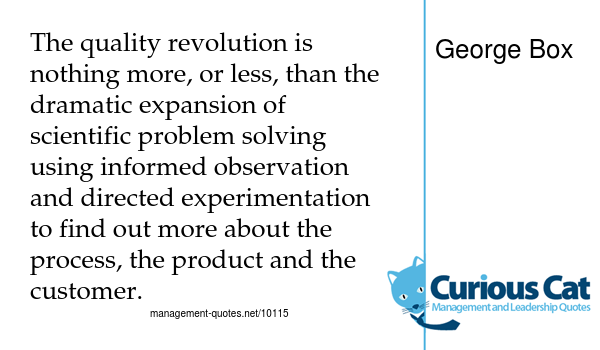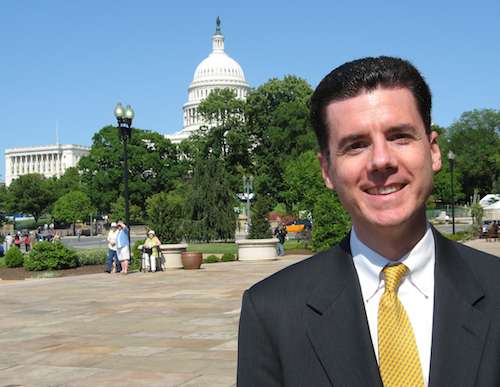Interview with Bill Hunter, Brian Joiner and Peter Scholtes (listen to the interview) on a Public Affair, National Public Radio about improving management practices in the USA. The interview is over 30 years old now but the better management ideas are as true today as they were then.
Sadly we have not improved management practices based on these ideas very much. There have been improvements in how many organizations are managed but those improvements are so slow that fundamental problems remain serious problems decades later.

Brian Joiner
Brian Joiner (quotes from the interview):
You cannot really produce quality in any cost competitive way by relying on inspection to achieve quality. The only way you can really achieve quality in the modern sense is by improving all the processes that go to deliver that product or service. And that requires that you study those processes. And when you study them you very often need to collect and analyze data to find what are the causes of problems.
[We place] a great deal of emphasis on identifying the causes of problems rather than shooting from the hip and jumping to solutions before you really know what the problems are…
Many many dollars, many many hours of time are wasted on “solutions” that are not really solutions.
Bill Hunter:
The problem that employees at Motor Equipment were aware of at the very beginning of this whole business, and for a long time previous – I mean years, was that the city of Madison did not have a preventative maintenance program for vehicles because a mayor said, many years ago said “we fix trucks and other things when they break and then we will save money because we don’t be fiddling with them before.
Well the people out there realized the city was just losing money with this policy so they gathered data, they put it together, they put together a solid case that nobody could argue with that the city should have a preventative maintenance program.
They were able to put together a presentation to the mayor and city council people making their case that there should be a preventative maintenance program. The mayor and the city council people there listened to this presentation of the data and they conclusion was a good proposal.







